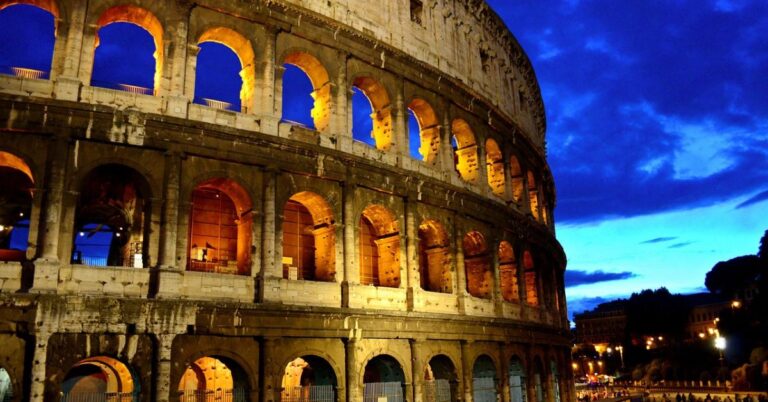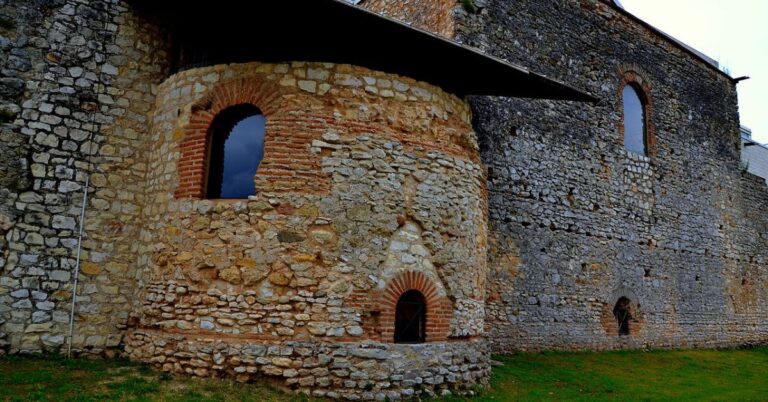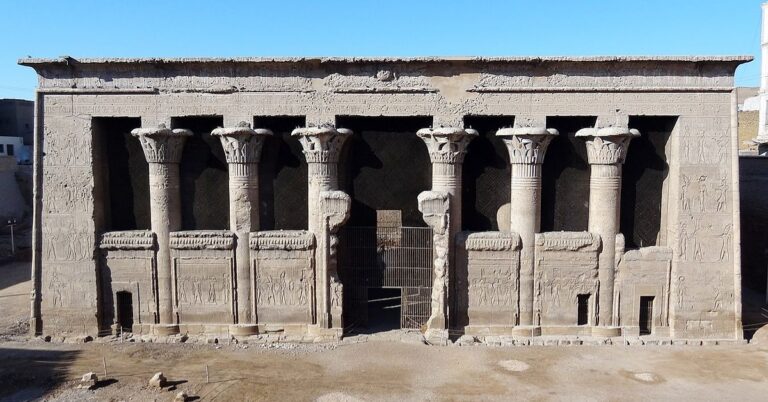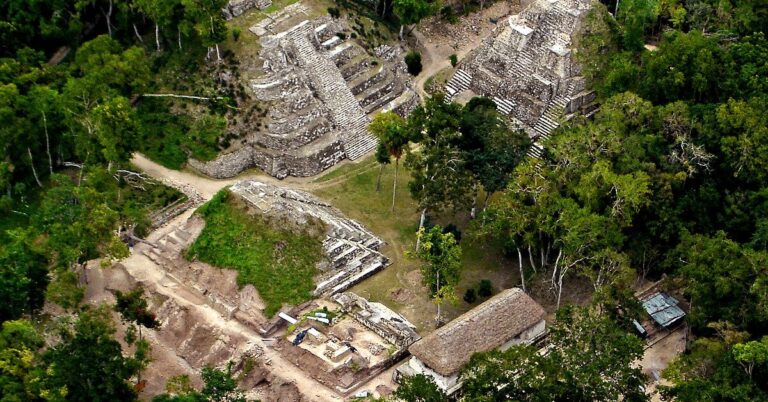15 Reasons The Taj Mahal Continues To Captivate The World

Some places are remembered for their size, others for their story. The Taj Mahal offers both, yet never feels overwhelming. Its value comes through in quieter ways—subtle features, thoughtful choices, centuries-old care. Keep reading to discover fifteen reasons this monument continues to hold the world’s attention long after the first glance.
Built As A Monument Of Love

Affection rarely leaves a legacy this grand. In 1632, Mughal ruler Shah Jahan commissioned the Taj Mahal to honor his beloved wife, Mumtaz Mahal. More than just a tomb, it’s an architectural love letter carved in stone—talk about raising the bar for devotion.
Meticulous Symmetry
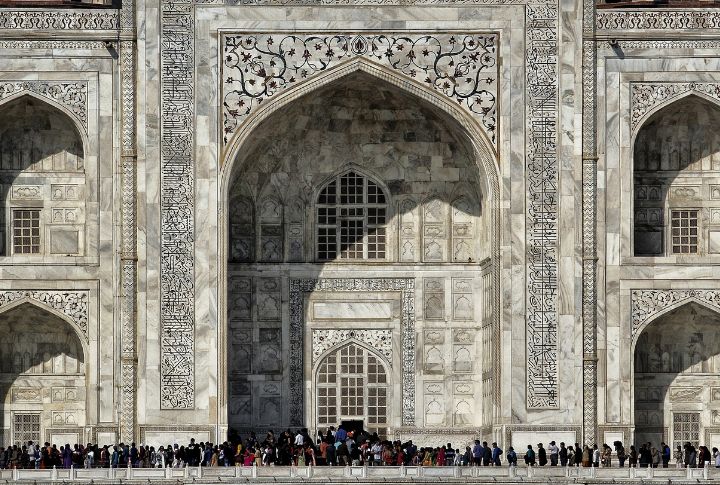
Perfectionists, take note. The Taj Mahal is a balanced masterclass, from its four identical facades to its evenly spaced courtyards and reflecting pool. Even the towers lean slightly outward, which is designed to collapse away from the shrine in case of an earthquake. That’s elegance with intelligence.
Unadorned Graves

For all their opulence, the real burial sites of Shah Jahan and Mumtaz Mahal are plain. The inlaid jewels, calligraphy, and carvings are merely a spectacle for visitors. The actual resting place sits beneath the grand cenotaphs, untouched by the extravagance above.
Ingenious Minaret Design

Those towering spires are not just decorative. Beyond their earthquake-resistant tilt, they frame the structure flawlessly, guiding the viewer’s eye upward. It’s architectural choreography at its best, ensuring your gaze lands precisely where the visionaries intended. No filters are required.
Crafted By Thousands
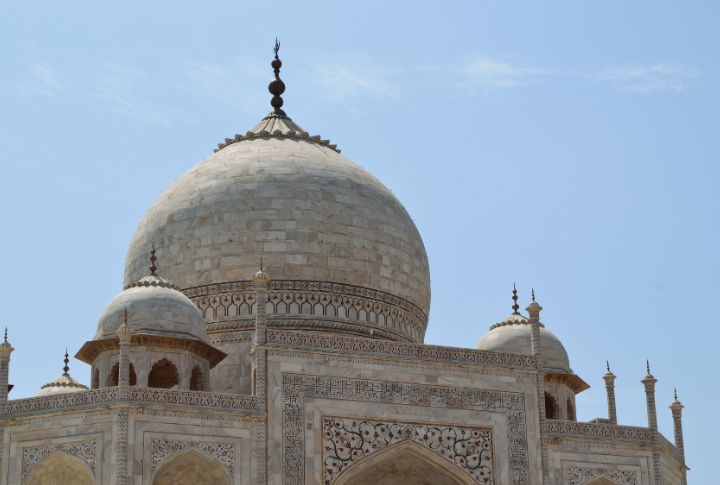
It took over 20,000 artisans, laborers, and engineers from various regions to bring the Taj Mahal to life. Turkish calligraphers and Indian stonecutters worked together, chiseling their way into history. Some say their fingers were severed after completion. Myth? Probably. Chilling? Absolutely.
A Billion-Dollar Wonder
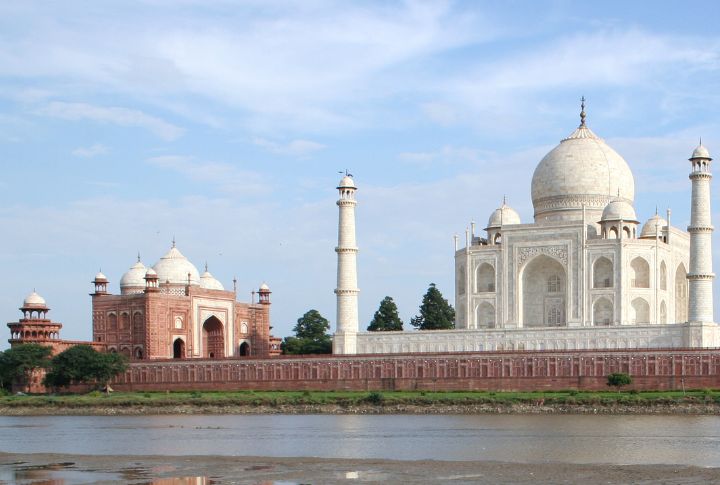
Luxury had a price tag even in the 17th century. The Taj Mahal’s construction cost 32 million rupees at the time, about $872 million today when adjusted for inflation. That’s a royal budget fit for a sovereign, spent on pristine stone, precious gems, and unmatched craftsmanship.
Visual Illusions
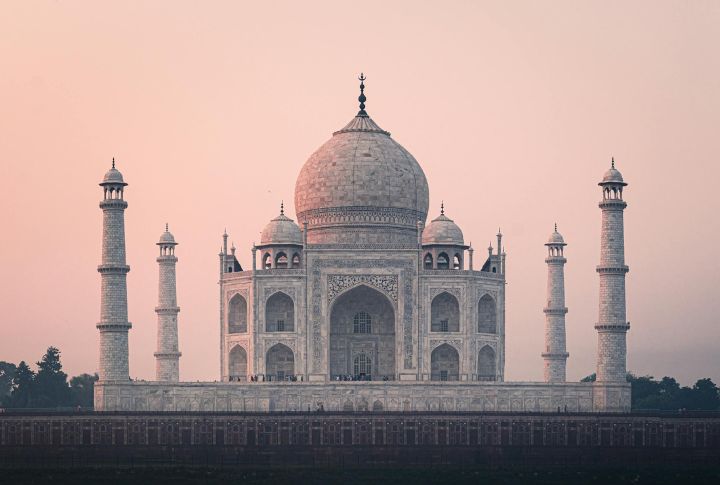
Your eyes aren’t deceiving you; the Taj Mahal indeed shifts colors. Rosy at dawn, pearlescent at noon, golden under moonlight, the changing hues add to its almost mythical presence. The secret behind this is the translucent Makrana marble, which absorbs and reflects radiance like a shape-shifting mirage.
Perfectly Composed Views
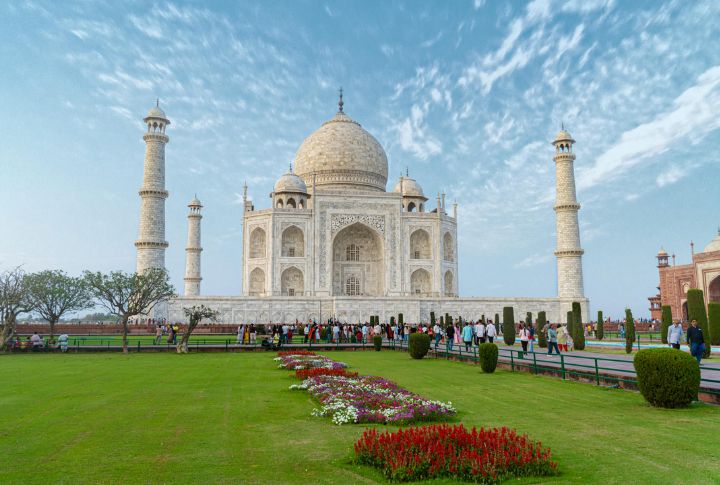
Stand anywhere in the Taj Mahal complex, and the view is nothing short of breathtaking. The architects meticulously aligned the domes and pathways to achieve perfect balance. Even through the Great Gate, the sanctuary seems to float, framed like a masterpiece in its own architectural gallery.
Opulent Gardens
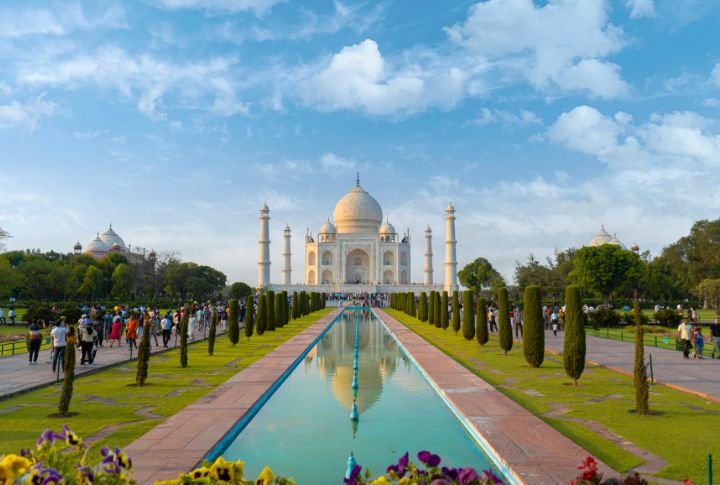
This isn’t just landscaping; it’s philosophy in bloom. The Taj Mahal’s Charbagh gardens are inspired by Persian paradise layouts, symbolizing the Quranic idea of heaven. Symmetrical water channels reflect the structure, creating a surreal mirror effect. Nature and artistry are in absolute harmony.
Worldwide Influence
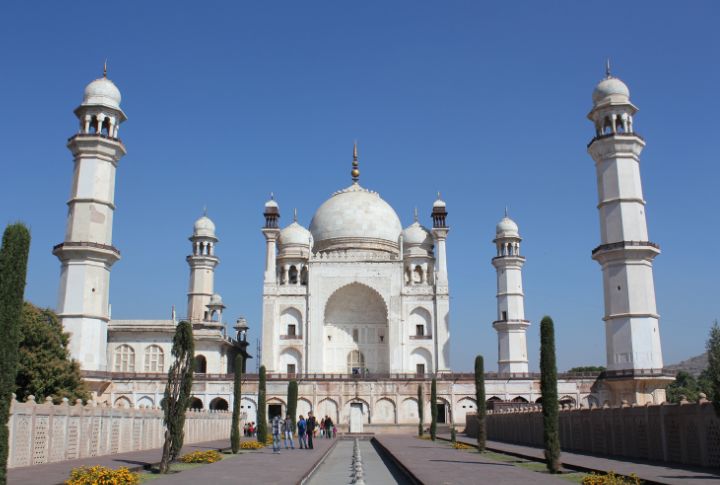
The Taj Mahal is renowned as a symbol of timeless beauty and architectural achievement. Its fusion of Persian, Indian, and Islamic elements has influenced iconic landmarks worldwide, inspiring structures like the Bibi Ka Maqbara in India and the Safdarjung Tomb in Delhi.
Myths And Folklore
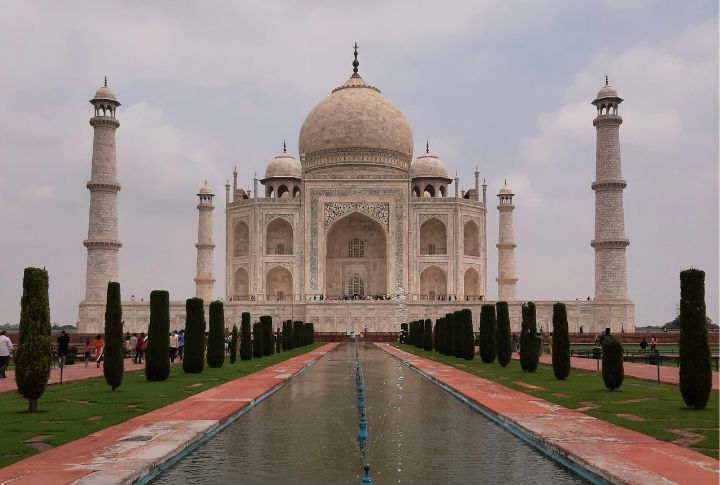
A dark Taj Mahal across the river? Are artisans losing their fingers? Stories cling to the Taj Mahal like vines. While there’s no proof of Shah Jahan’s obsidian marble dream, the folklore adds another layer of intrigue. A monument wrapped in mystery is even more intriguing.
A Spiritual Presence

Travelers often describe an overwhelming sense of serenity standing before the Taj Mahal. It could be the symmetry or the weight of centuries of love and longing. Whatever the reason, stepping inside feels less like tourism and more like transcendence.
Unfading Heritage
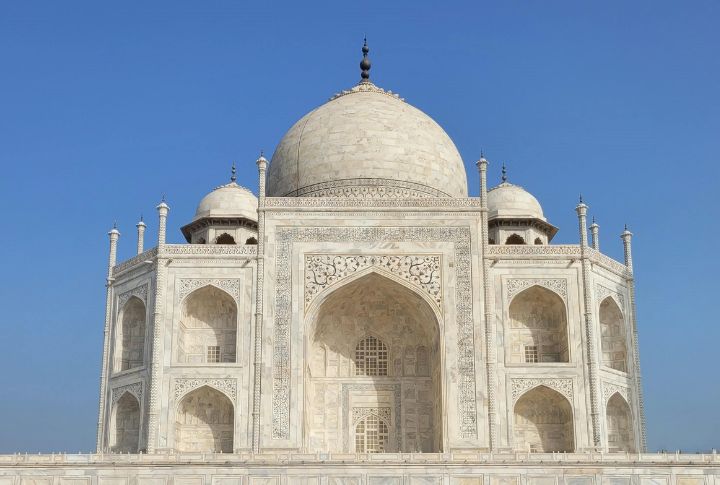
Pollution and neglect have tried to dull its glow. Yet, the Taj Mahal persists. Conservation efforts, including restrictions on emissions and preservation initiatives, ensure it doesn’t lose its glow and remains untarnished. Some marvels fade with time; however, this one only grows more breathtaking.
A UNESCO Cultural Treasure
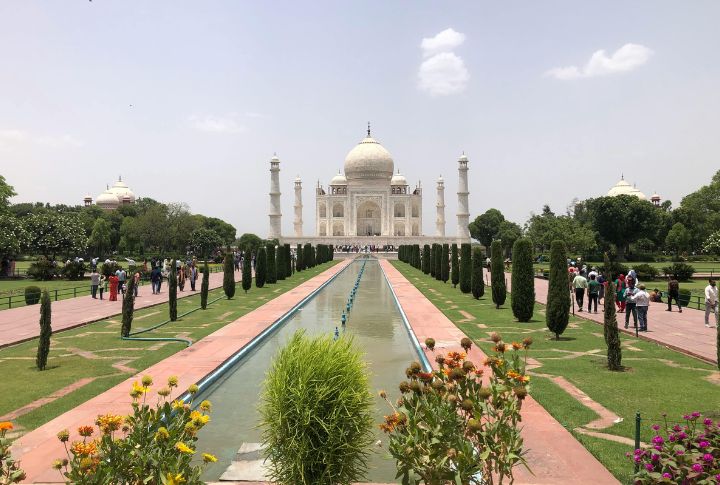
As a UNESCO World Heritage site, it’s recognized as a “jewel of Muslim art.” This iconic monument is considered one of humanity’s greatest achievements. Thankfully, it’s been preserved for future generations, so people for years to come will still be able to marvel at its brilliance.
A Bittersweet Farewell
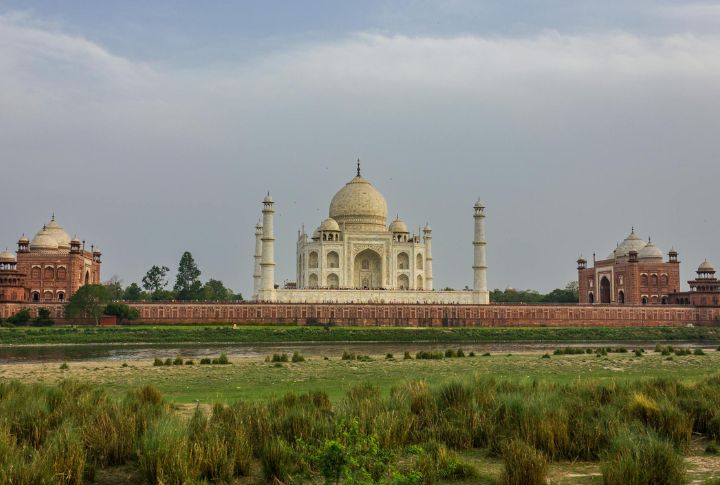
Shah Jahan once ruled from a throne encrusted with jewels, but he spent his twilight years confined in Agra Fort, gazing at the Taj Mahal from afar. When he passed, he was placed beside Mumtaz Mahal, which was unplanned but poetic. Even in the afterlife, love had the final say.

